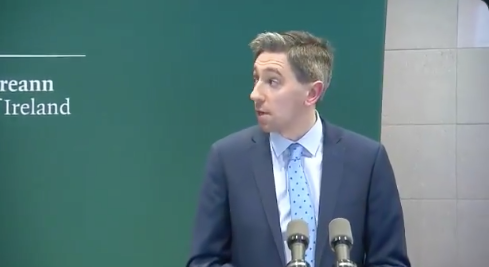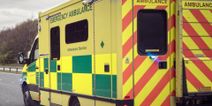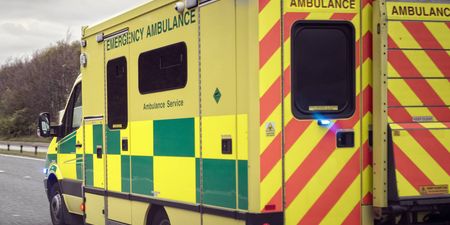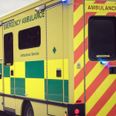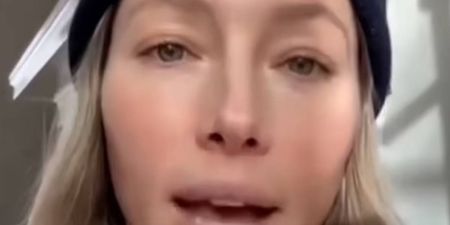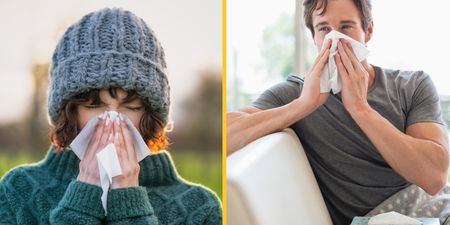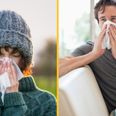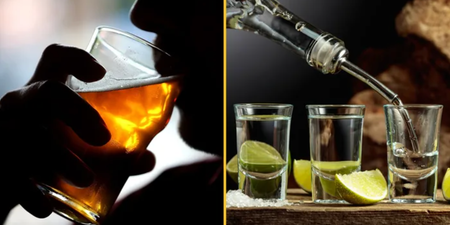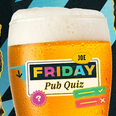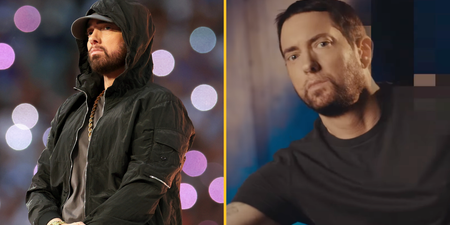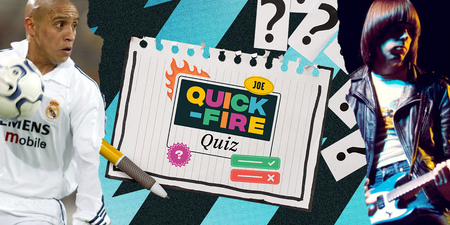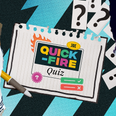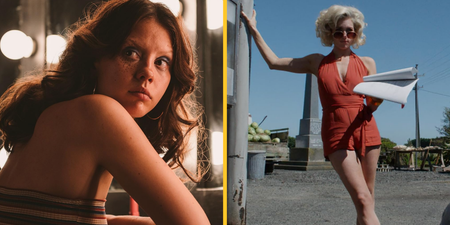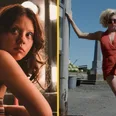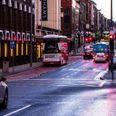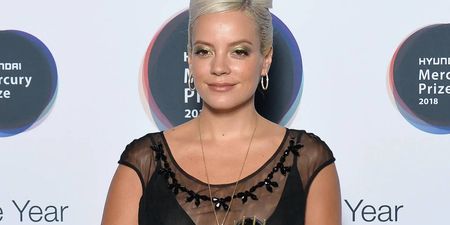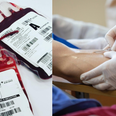There’s nothing irrational in worrying about the coronavirus.
Even though the disease is unlikely to present as much more than a chest infection in those who are young and vital, it can have very serious consequences for the elderly, infants, and anyone whose immune system might be compromised. Those who won’t necessarily be at risk of its more serious consequences will still be able to spread it to those who are.
And it is going to spread, there is no doubt about that.
Cases have surged in many of the countries where the disease has turned up, and 300 people have now been tested in Ireland, though only two cases have been confirmed on the island (one in the Republic and one in Northern Ireland).
But there’s an important distinction between worry and panic. Panic is when worry finds body in the real world and starts to dictate decisions in a way that doesn’t serve our own interests or public health.
Panic might make you buy two bottles of hand sanitiser, and then a third, because it looks like Boots is running out (because you’re not the only one panicking by this stage). Maybe your panic buying means there won’t be enough left for people who need it more.
It might make you share videos of people in hazmat suits entering buildings that are supposedly in Ireland and pulling people out into ambulances, even though the videos are verified by nothing more than a caption on your mad auntie’s Facebook. Maybe this misinformation will result in businesses closing, or employees missing work, or kids missing school, or simply a needless atmosphere of anxiety.
It might make you demand private details of other citizens that have travelled to China or South Korea or northern Italy. It might make you call for the government to release names, train times, addresses, workplaces and schools of people who pose no proven risk to you.
All of this contributes to an outcome where the real risks are nudged to the side and overlooked favour of hypothetical or false risks.
Of course, sometimes the officials don’t help themselves. Much attention was directed towards an apparent slip of the tongue by a HSE doctor who inadvertently confirmed that the Republic’s first case was a child.
During a press conference he said: “We’re not getting into those details, we’ll simply say that this individual child, who is the index case, the index case is associated with travel to northern Italy, came back to the school… Getting into what other children in the school [were] doing, that didn’t form part of our contact tracing risk assessment.”
Then, when the reporter asked him to clarify whether he had just confirmed that the case was a child, he said: “I didn’t say that.”
Worse than that, as I was writing this piece, the Department of Health retracted an earlier statement in which they had incorrectly called genuine letters disseminated by the HSE “a hoax.”
Early-virus teething problems were always inevitable, but while coronavirus might be hard to stop, the mistakes of the HSE and Department of Health are a lot more preventable.
The twisting and turning has left many journalists in a spin, and arguing over the ethics of publishing details about cases that the state wants us in the media to stay away from.
I think the argument can be broken down into what I believe are three pretty reasonable premises.
- It goes without saying that needlessly revealing the identity of the child’s school is not ideal, so wanting to avoid that is noble.
- However, thinking you can shut down an entire school, with hundreds of internet-savvy Snapchat-addicted TikTok-dancing students and parents attached to those students (one of whom is Mary Lou McDonald), without anybody noticing, is foolhardy and demonstrably incorrect.
- Lastly, it is infinitely preferable to simply, without any furore, confirm the name of the school somewhere in the middle of a boring statement, rather than let the internet run rampant with rumours as to whether one school or another is now an incubator of disease.
Being in control of the message doesn’t have to suppressing it though, sadly, one can see the argument. Evidence has been mounting that people struggle to divine what’s real and what’s fake . While those HSE letters weren’t a hoax, it’s not as if it would be hard to produce such a thing.
A quick scan of your Facebook timeline will tell you that the world is full of people who aren’t news-literate enough to discern what’s true and what’s false. Before an outbreak had even been confirmed, WhatsApp groups were overrun with false claims from people claiming to have a cousin’s friend’s wife who works in St. Vincent’s hospital.
No matter who is spreading the info on coronavirus, there is a massive onus to do so responsibly: whether you’re a journalist, a doctor at the HSE, a government official or simply somebody in a WhatsApp group chat.
We already have one dangerous disease with the potential to spread through the country, we don’t need to create another.
LISTEN: You Must Be Jokin’ with Aideen McQueen – Faith healers, Coolock craic and Gigging as Gaeilge
